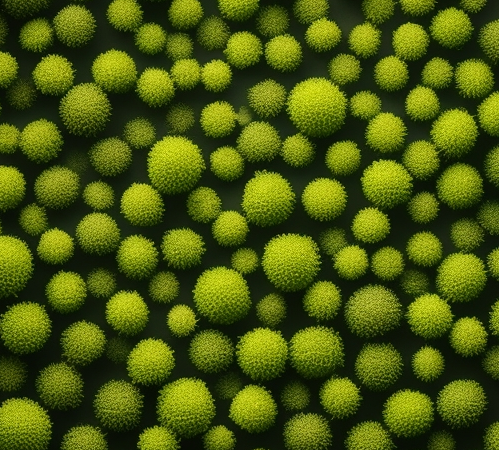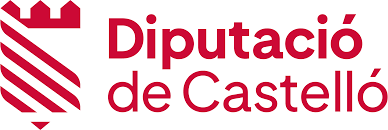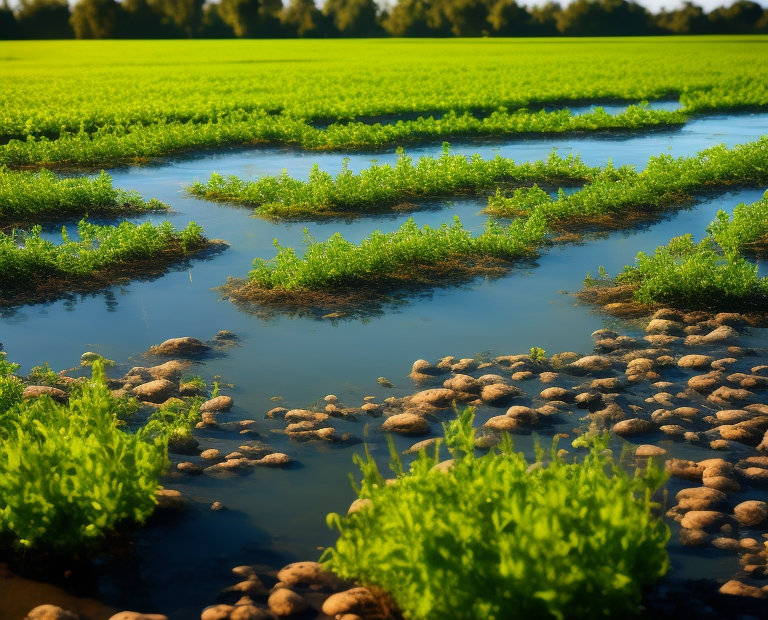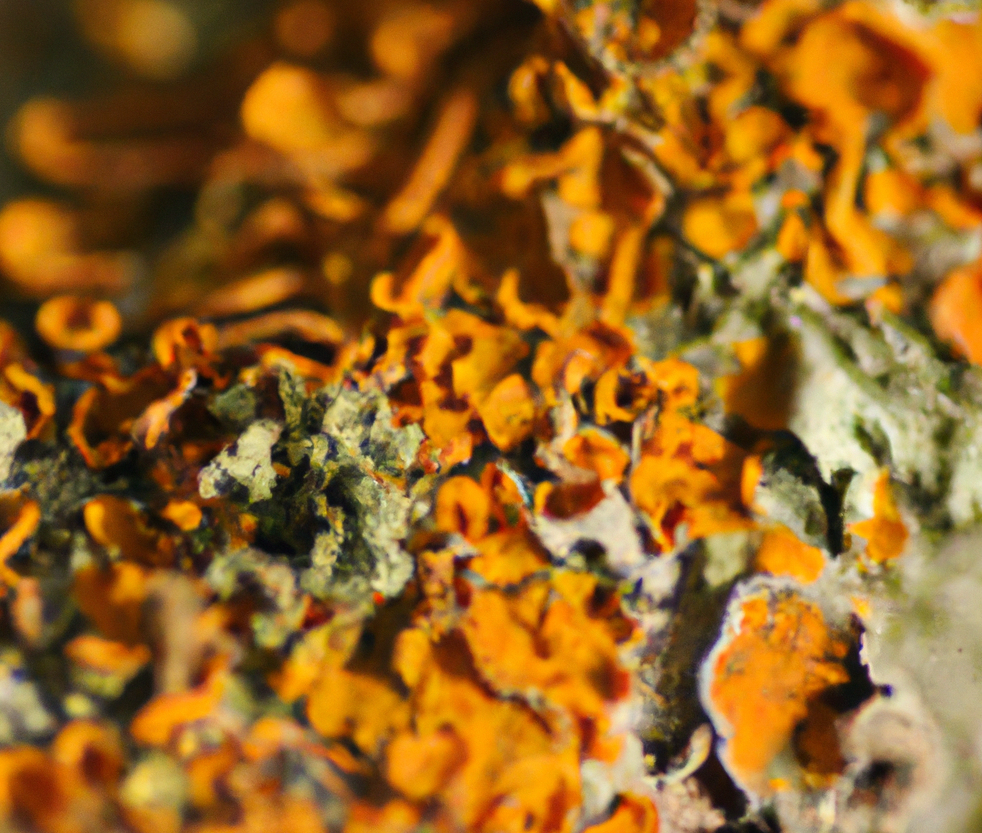Current public projects


Xanthomonas models in herbaceous and woody plants causing important diseases in main crops in Spain, comparative studies and innovative control approaches (XANTHERWO) (2022-2026)
Attacks by plant pathogenic microorganisms on crops can impair crop production, thereby reducing the quantities of food available. Specifically, Xanthomonas affects both herbaceous and woody species being the most serious bacteriosis of stone fruit trees, these fruit trees. Moreover, Xanthomonas spp produce a 30% los of production in herbaceous plants such as tomato and pepper. Currently, the main form of control are treatments with copper and avoid the use of infected seed, but both are not very effective, which has led to the need to look for alternative methods for the control of this bacteriosis. In this project, it is proposed to test the control methods based on benefitial microbes an reistance inducers in seeds, since it is one of the main ways of spreading the disease, as well as in plants, to analyze the plant response. Since there are currently no solutions on the market that effectively control this pathogen, the novelty of this project lies in developing natural compounds that are easy to apply or through the combination of the proposed strategies that provide effective solutions to mitigate the damage caused by this bacterium. This project is coordinated with groups from INIA, University of Valencia, and University of Zaragoza
Obtaining nitrogen fixing bacteria from agronomic soils of Castellon province
In modern agriculture, the shortage of nitrogen in the soil is supplemented by the application of chemical fertilizers that are usually related to pollution of the soil, water and the environment. The development of strategies to improve nitrogen use efficiency is crucial for the establishment of sustainable agriculture and represents a major challenge of this century. Microorganisms with the ability to fix atmospheric nitrogen can be used as efficient biofertilizers, and among them, endophytic microorganisms are the most promising.
The present project focuses on the identification of microorganisms with the ability to fix atmospheric nitrogen to supply nutrients to the plant and reduce dependence on chemical fertilization in the agriculture of Castelló. For this purpose, endophytic microorganisms have been isolated from wild plants belonging to botanical families of agronomic interest, such as Solanaceas and Rutaceas, and their ability to grow in nitrogen-free culture medium has been evaluated.




Towards protecting the circular water economy from the threat posed by persistent, mobile and toxic chemical compounds (nePMTune)
This project aims to determine the effects generated by the use of purified water (with secondary treatment + disinfection) and regenerated water (with the agronomic tertiary) in soil, plant and fruit, generating new indicators of the health status of the crop and its agronomic quality.
Agricultural digitalization for Fertigation and management of Water Regeneration Stations
The general objective of the project is the development of a new integral management model with digital support for reclaimed water, enhancing its reuse in agriculture and fertigation. The DIFERA project seeks to develop a treatment for the recovery of high quality water for irrigation and fertigation that improves its agronomic quality and optimizes the management of reclaimed water. The processes of digitization of information in combination with agronomic analysis will allow the development of innovative efficient fertigation protocols, improving the optimal use of water and minimizing risks to the crop.
This project aims to determine the effects generated by the use of purified water (with secondary treatment + disinfection) and regenerated water (with the agronomic tertiary) in soil, plant and fruit, generating new indicators of the health status of the crop and its agronomic quality.



Control of infectious diseases in horticultural plants based on extracts obtained from endophyte crops as an innovative and effective bioactive system.
Microbial interactions often involve antagonistic relationships due to competition for ecological niches within the habitat in which they are found. Today we know that the endogenous microbiota of living beings, both animals and plants, plays a fundamental role in their survival. One of the strategies, used by these microorganisms in this antagonism, is the synthesis of antimicrobial compounds that prevent the development of other microorganisms, many of them pathogens. Another possible strategy is the synthesis of molecules that act as inducers of the plant's defense against the pathogen. The design of this project is based on the isolation and previous characterization of endophytes from wild plants and tomato plants of traditional varieties to obtain extracts of these endophytes under different conditions and test their effectiveness against plant pathogens. In addition, it is intended to characterize the content of these extracts in order to identify active molecules that can be used as antimicrobial agents or as inducers of plant defense systems.
